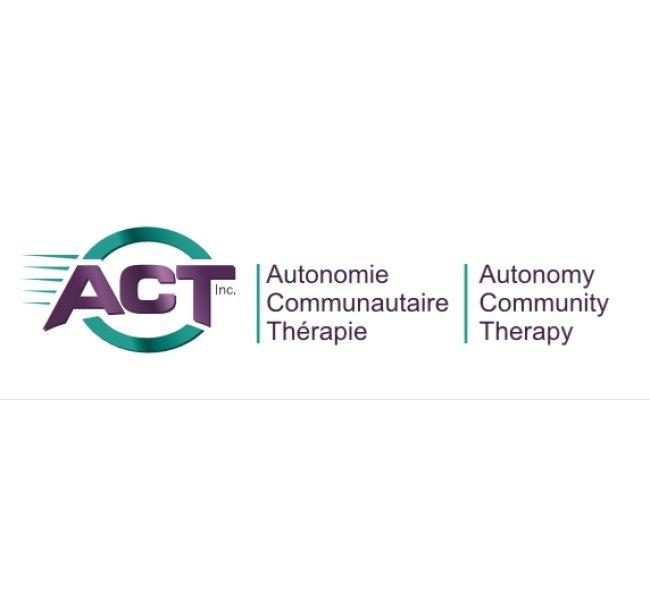
Age and Driving: What Should I Know?
For many of us, driving is key in maintaining autonomy and independence as we age. However, age is often associated with dangerous driving, perhaps because of decreasing flexibility and muscle strength or the effects of medication. Yet, most older adults are safe drivers despite being too often victims of ageism stereotypes suggesting the opposite! Indeed, older adults are more likely to use seat belts, follow speed limits, and less likely to drive intoxicated or to text and drive.
With that said, if our physical abilities decline and driving becomes difficult, it can be a life-changing event. Driving allows us to be self-reliant and independent. It’s an important part of our quality of life and as well as our caregivers’. To no longer be able to drive can hinder freedom, lead to isolation, and be quite a traumatic experience. But if we feel that driving has gotten tougher, short of stopping completely, what can we do? What are our options?
Solutions to Reduce Driving Without Completely Stopping
When an older adult’s driving capabilities decline, the challenge can be compounded by a limited knowledge of alternatives. Fortunately, some do exist.
The first alternative is reducing driving to what one is comfortable with, without stopping entirely. It’s rare that someone will voluntary give away their keys. But a good first step is to discuss this with relatives, assess limitations and maybe put some restrictions for:
- The amount of driving (hours of continuous driving)
- The time of day (reduce driving at night)
- The distance (reduce driving to one’s neighborhood)
- Weather conditions (no driving in heavy rain, snow, or storm conditions)
Another option is to consult or hire a driving rehabilitation specialist. These professionals can help with refreshing drivers on road signs, assessing the ability to drive, and retraining and rehabbing a driver after a health problem.
Potential Alternatives to Driving
When driving is no longer an option, a few alternatives exist.
First, many municipalities offer public transportation that is adapted for older adults. Using conventional public transportation outside of rush hour is recommended for more availability of seating and more time to get on and off the bus. In some cases, when mobility is further reduced, a person may be eligible for funded adapted transport (paratransit).
Other options include specialized taxi services, private driving companies, and public transpiration services linked to your local public health office (CLSC in Quebec). The latter can be used for one-off or recurring trips. Our Marketplace features these suppliers in the Mobility-Paratransit section.
All in all, as driving becomes increasingly difficult, remember that alternatives exist and should be explored to maintain independence and decrease the risk of isolation. This is, of course, until autonomous self-driving cars take us everywhere!
















